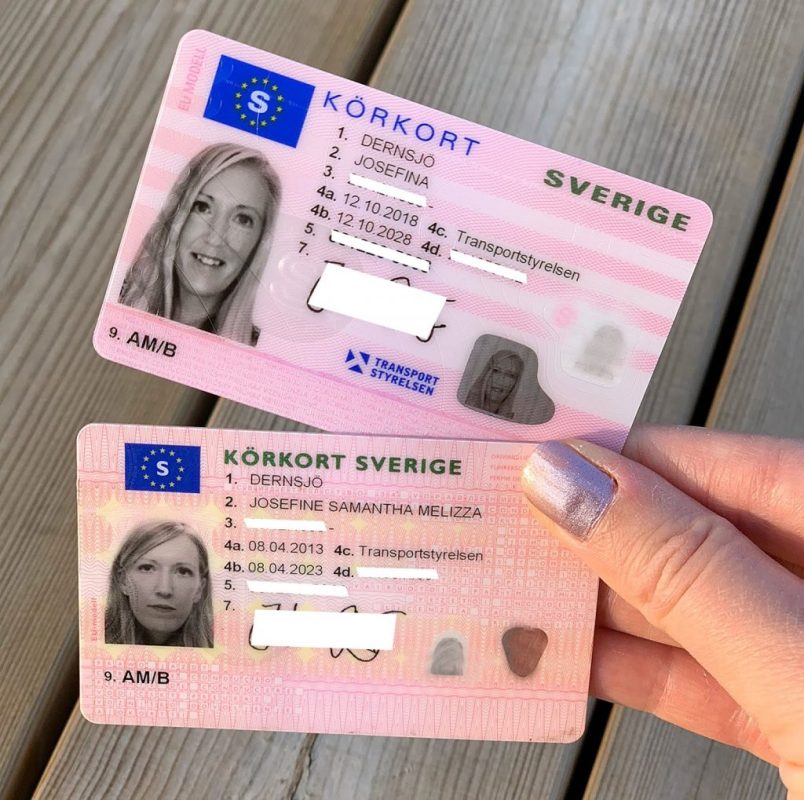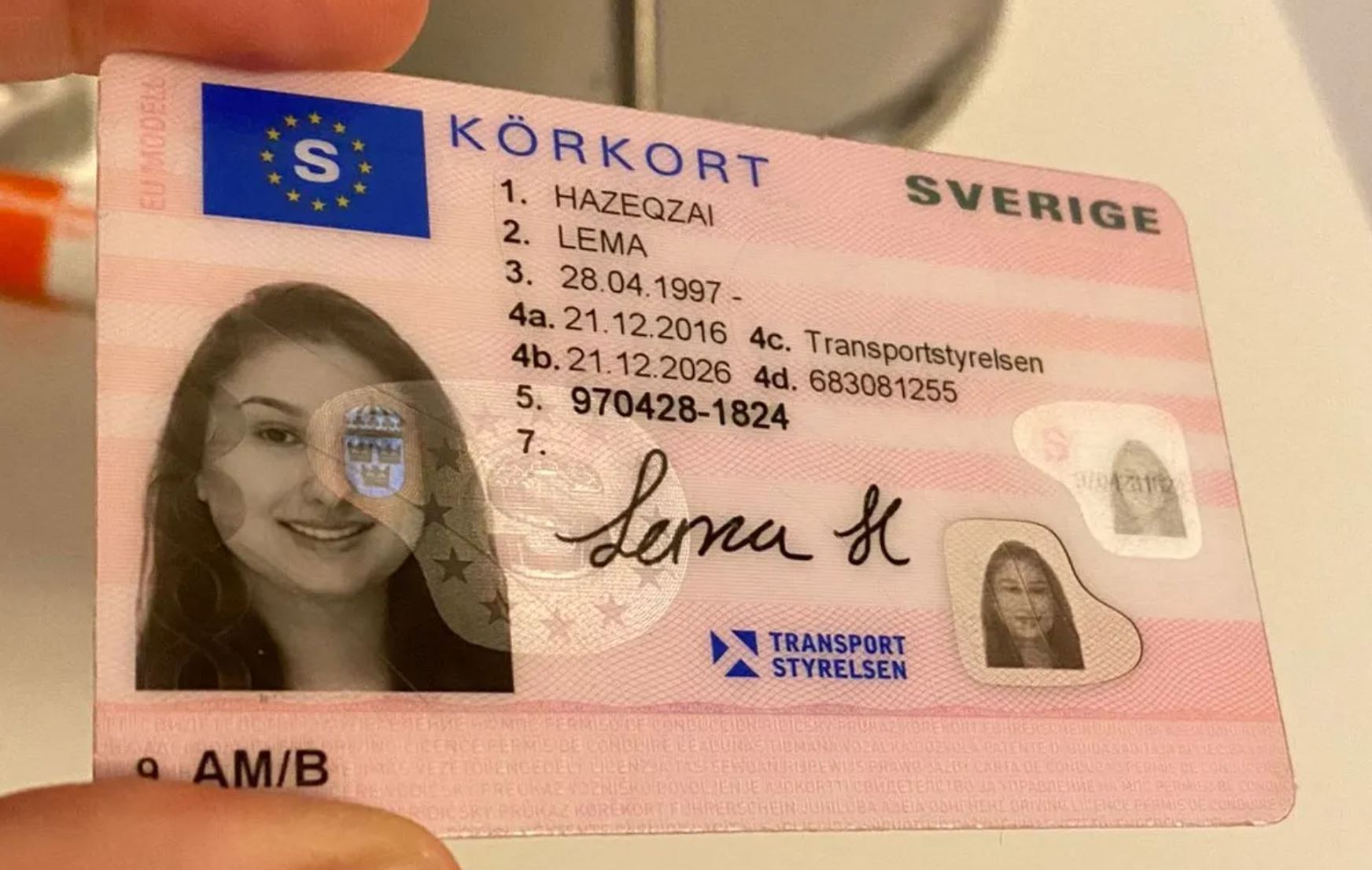Navigating the New Landscape of Driving License ID Handling in 2025
In every society, the driving license functions as an essential file, not simply as a proof of the ability to run a lorry but also as a recognition tool. As we enter 2025, substantial changes have emerged concerning the handling and management of driving licenses, primarily influenced by advances in innovation, developing guidelines, and the requirement for boosted security procedures. This short article aims to deliver a comprehensive summary of driving license ID handling in 2025, elucidating the innovations involved, the upcoming legal improvements, and supplying answers to common questions.
The Transition to Digital Driving Licenses
One of the most noteworthy improvements in driving license ID handling is the prevalent adoption of digital driving licenses. These digital licenses are saved digitally on smartphones, providing multiple conveniences to both motorists and authorities. In the United States, for instance, lots of states have actually started implementing digital motorist's licenses, while countries such as Canada and the UK are anticipated to do the same soon.

Key Benefits of Digital Driving Licenses
- Convenience: Easily available on mobile devices, getting rid of the need to carry physical copies.
- Boosted Security: Incorporating biometric features and encryption helps to fight identity theft and scams.
- Real-time Updates: Immediate updates to personal info, such as modifications in address or status, improve accuracy.
Challenges and Concerns
Despite the benefits, the shift to digital licenses presents challenges, including issues about personal privacy, cybersecurity hazards, and the digital divide affecting those without access to smartphones or the web.
Changes in Regulatory Framework
As we head into 2025, numerous regulations surrounding driving licenses have actually come under scrutiny and change. Federal governments and regulatory bodies are concentrating on making sure that driving licenses are protected, valid, and released in compliance with established laws.
Secret Legislative Trends
Standardized ID Formats: Countries are moving towards a standardized format for driving licenses to improve recognition and improve security.
Increased Verification Procedures: Authorities are now employing advanced methods such as facial acknowledgment and AI to enhance verification processes at checkpoints.
Focus on Sustainability: With growing ecological concerns, many states are choosing environment-friendly materials for physical licenses and checking out robust digital alternatives.
Age and Identity Verification: Enhanced measures are being put in location to properly verify the age and identity of motorists, particularly in contexts where age-related laws use to driving.
The Global Perspective: State-By-State Comparison
| Nation | Digital License Implementation | Current Regulations | Noteworthy Features |
|---|---|---|---|
| United States | A number of states in development | Varies by state, efforts to combine formats | QR codes for easy recognition |
| Canada | In pilot phases | Standardized recognition throughout provinces | Integration with health IDs |
| United Kingdom | Early adoption phase | Focus on köRkort säljes online renewal and information updates | Digital verification by means of the app |
| Australia | Under consideration | Increasingly rigid recognition protocols | Focus on scams avoidance |
The Role of Technology in ID Handling
Technology is reinventing how driving licenses are dealt with. AI, blockchain, and biometrics are ending up being essential to driving license issuance and verification.
Developments Shaping the Future
Artificial Intelligence: AI algorithms are now made use of for acknowledging patterns in driving behaviors, which can inform insurance coverage premiums and legal implications.
Blockchain Technology: Ensuring the stability and credibility of driving license data, blockchain innovation enables for safe and secure sharing of info between authorities without fear of tampering.
Biometrics: Increasingly, biometric systems are implemented at the point of issuance and verification, such as facial acknowledgment and fingerprint scanners, to make sure safe identity confirmation.
Prospective Impacts of Emerging Technologies
The implementation of these technologies can lead to improved dependability and security of driving IDs, however it raises concerns about data personal privacy and user approval.
Often Asked Questions (FAQs)
1. What should I do if my digital driving license is lost or taken?
You should instantly report the loss or theft to your regional motor lorry company. Many digital licenses have built-in features to disable access from another location.
2. Are digital driving licenses accepted all over?
As of 2025, acceptance of digital licenses differs by area. It's recommended to bring both digital and physical copies when taking a trip throughout state or nationwide borders.
3. Can I upgrade my information on a digital driving license?
Yes, updates can often be made through the associated mobile application or website of the releasing authority.
4. What are the security procedures for digital licenses?
Digital licenses typically incorporate features such as file encryption, two-factor authentication, and biometric verification to enhance security.
5. How will standard driving licenses be impacted?
The move towards digital licenses may lower the issuance of physical licenses, however they will still be readily available for those unable to gain access to digital choices.
As we advance into a brand-new age in 2025, the handling of driving licenses is enhancing to fulfill the demands of contemporary society. Through technological developments and regulatory reforms, individuals can expect a more secure, effective, and structured procedure for obtaining and managing their driving licenses. However, as digital options proliferate, it stays important to address difficulties associating with personal privacy, security, and availability, guaranteeing fair roadway gain access to for all drivers while securing individual details. As federal governments across the globe continue to adjust to these changes, the future of driving license ID handling is set to be both dynamic and transformative.








